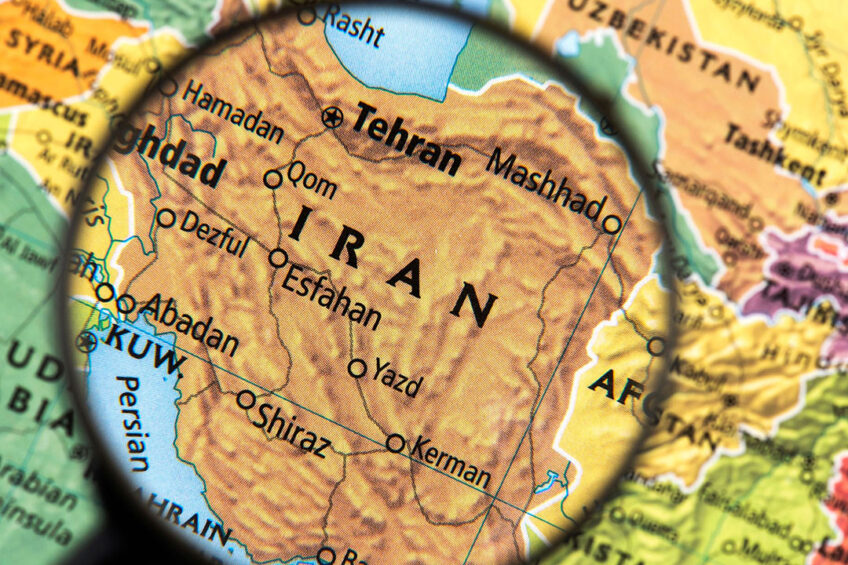Iranian crossbreed Aryan is losing popularity

Iranian poultry farmers are gradually abandoning the use of the domestic Aryan crossbreed, which served as a backbone to the industry for years, local news outlet Mehr reported, citing market participants.
Aryan, also known as the Wadi Margh Line, was introduced by farmers in the Mazandaran region nearly 40 years ago and was in high demand for some time. Gholam Ali Farghi, a poultry industry analyst, estimated that at the peak of its popularity, Aryan crossbreed accounted for 70% of poultry bred in the country.
“Unfortunately, now, most of the chickens in Iran come from foreign crossbreeds imported from the UK and France,” Farghi said, estimating that only around 30% of output is now secured by Aryan, and this figure keeps shrinking.
“The reason why Aryan has lost its market to competitors is because of the poor scientific ground. While researchers in other countries consistently modified and improved the performance of their crossbreed, Aryan lagged behind,” he explained.
In terms of its complexity, the science behind poultry crossbreeds can be compared with that in the nuclear industry, Farghi stated, also adding that it has no less importance for Iran, as its own crossbreed secures a margin of safety for the industry and largely contributes to the country’s food security.
Action needed
Some market players speaking with Mehr suggested that Iranian policymakers should step into the poultry industry to ensure that the Aryan poultry industry does not cease to exist.
Meanwhile, Abdallah Hosseini, a member of the scientific faculty of the country’s Animal Science Research Institute, reminded that the policy pursued by the authorities in the previous years aimed at breeding Aryan at all costs seemingly failed. Government officials forced farmers to breed Aryan chickens on farms that did not suit this crossbreed, which resulted in a sharp decline in its performance and eventually gave Aryan a bad name in the poultry community.
On the other hand, Hosseini assumed that the authorities still had time to turn the tables and help Aryan regain its popularity. He called the government to establish an integrated supply chain for the Aryan crossbreed, which would involve technical support teams available to help poultry farmers better manage this crossbreed.
Some research work is also needed to improve Aryan’s performance, he stated. Hosseini called to authorise a single market player to develop the crossbreed.
However, Mustafa Ghanei, secretary of the Biotechnology Development Department, estimated that Iran spent 60 billion tomans (US$14.5 million) on research and development of the line in the previous years, and no additional investments were needed in the next 3 years.












